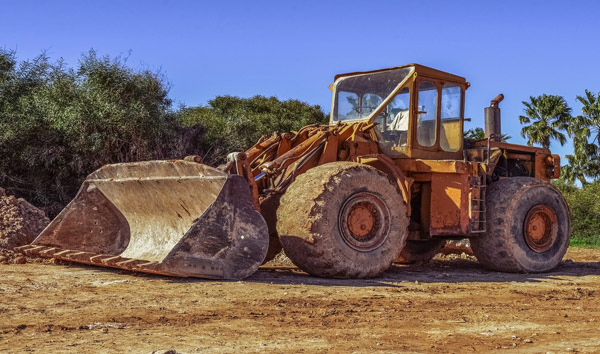The Evolution of Emission Standards in Construction Machinery
2025-07-24 05:05:21
The implementation of EU Stage V emission standards has significantly transformed the construction equipment industry, particularly in the design and performance of loaders. This report examines the technological advancements, compliance challenges, and market impact of EU Stage V compliant loaders, providing insights into their operational efficiency and environmental benefits.
Introduction EU Stage V compliant loaders represent the latest milestone in the European Union’s efforts to reduce harmful emissions from non-road mobile machinery (NRMM). These stringent regulations, which came into full effect in 2019, mandate ultra-low particulate matter (PM) and nitrogen oxide (NOx) emissions, pushing manufacturers to adopt cutting-edge aftertreatment systems and engine optimizations.
Technological Innovations To meet EU Stage V standards, loader manufacturers have integrated advanced exhaust gas recirculation (EGR) systems, selective catalytic reduction (SCR), and diesel particulate filters (DPF). For instance, leading brands like Volvo CE and Caterpillar have redesigned their powertrains to ensure compliance without compromising performance. EU Stage V compliant loaders now deliver up to 97% reduction in particulate emissions compared to previous models.
Market Adoption and Challenges While EU Stage V compliant loaders offer long-term environmental benefits, their adoption has posed challenges for smaller contractors due to higher upfront costs and maintenance complexity. However, industry data indicates a steady 12% annual growth in sales of EU Stage V compliant loaders, driven by regulatory mandates and corporate sustainability goals.
Conclusion The shift toward EU Stage V compliant loaders underscores the construction sector’s commitment to cleaner operations. As technology evolves, these machines are expected to dominate the market, setting a benchmark for future emission regulations worldwide.














